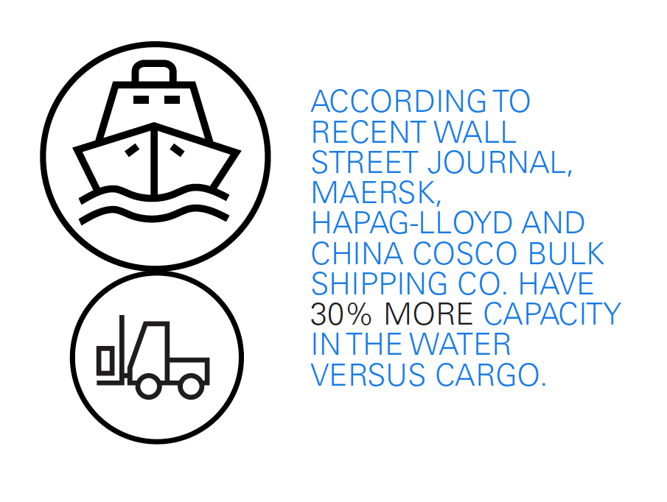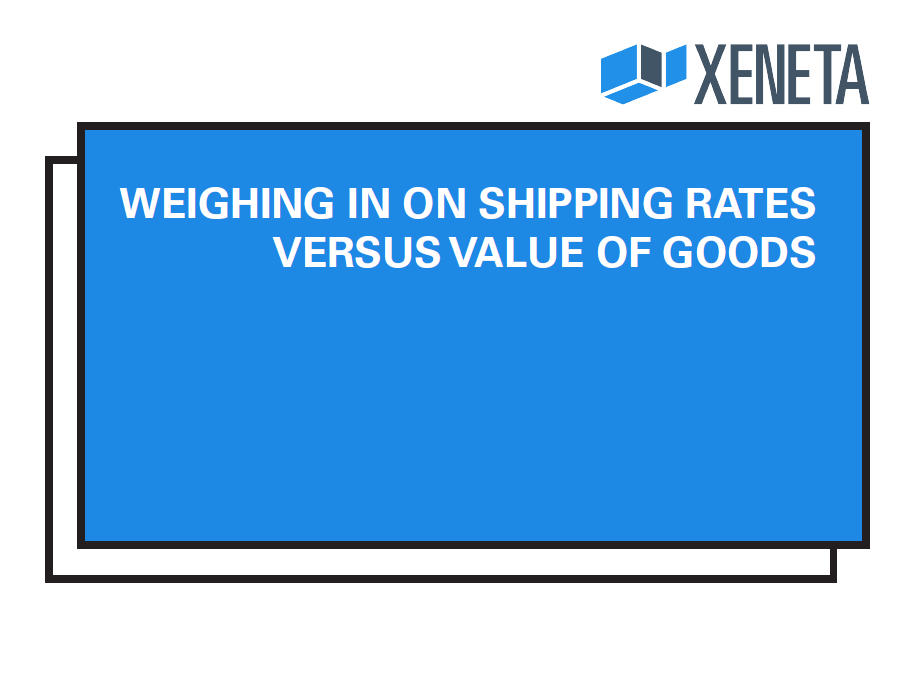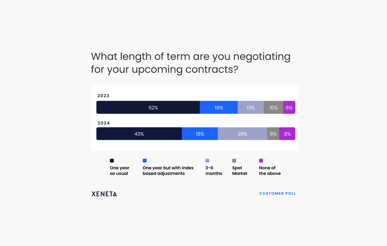In a market that is characterized with rock-bottom shipping rates and excess capacity, some can’t help but wonder why container carriers are putting up with the low rates.

In our latest Twitter survey, we ask would shippers continue shipping if shipping costs were higher than the product is worth. The results indicate a bit of uncertainty with 44% indicating yes, shippers would continue to ship if shipping costs were higher than the value of the product and another 44% noting shippers would not continue to ship under those premises. An additional 12% of the respondents were unsure either way.
It seems that it is all about the market according to Menos Moschoutis, an industry consultant based in Hong Kong. “The market regulates the trade so if demand is there, then any shipping cost will be accepted,” according to Mr. Moschoutis.
‘We would rather close the factory instead’
However Bjørn Vang Jensen, vp global logistics, Electrolux in an interview with Shippingwatch commented, “How can they (carriers) live with the fact that for two months they were ready to sell products for $65.00 and now they are asking $5,000? Should they not have two months ago said ‘we will not sell this product for $65.00, regardless if others do it, we will not be a part of it.”
By way of analogy, Vang Jensen imagines what the response from Electrolux would be if it offered to sell vacuum cleaners for $1.00 apiece. “Do you think we would have sold the vacuum cleaners? No, we would not. We would rather close the factory instead. Neither we, nor any other major manufacturer would imagine accepting that kind of situation.
Fight for market share
To further complicate matters, carriers are running the risk of cannibalizing themselves in this environment. According to recent Wall Street Journal, Maersk, Hapag-Lloyd and China Cosco Bulk Shipping Co. have 30% more capacity in the water versus cargo. One reason for this excess capacity is the fight for market share which in itself has resulted in freight rates so low that they barely cover fuel costs.

Container Rates As A Commodity
So where does this leave the shipper and the carrier? According to Mr. Moschoutis, one solution is to implement commodity related rates. Xeneta’s CEO, Patrk Berglund, seems to agree as well. In an interview with Professor Andrew Lubin, Patrik indicated the introduction of the ‘commodity’ status for the container would benefit both shippers and carriers.
Commodities are typically traded on exchanges and can be hedged. Patrik cites the following as an example –
“There is about a 2 year lead time from ordering a Megaship until she’s first loaded. The day you sign with the shipyard, prudent management would sell forward the amount of contracts that equals the expected TEU’s carried annually for that ship 2-5-7-10 years out. Your profit for that vessel is locked-in- regardless of whether rates go up, down, or sideways in that same time period.”
For the shipper, hedging would depend on the needs of the shipper. Retailers would buy the appropriate number of TEU contracts for a given time period which would then lock in their pricing and profit for that shipment.
What do you think? Do you agree or do you have an alternative solution? Let us know what you think on our LinkedIn page.
%201.png)


-1.jpg)



